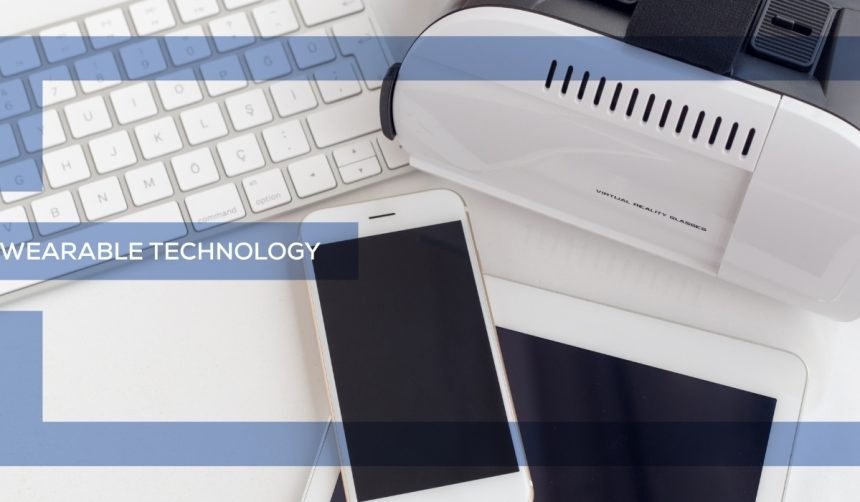Apple‘s annual product refresh signals strategic adjustments in its popular smartwatch lineup. Consumers and industry analysts anticipate the introduction of the all-new Apple Watch Series 11 alongside two additional models, which may reflect shifting market preferences and increased competition in the wearables sector. Unofficial sources indicate these products might leverage recent advancements in health tracking and connectivity. Apple aims to enhance the user experience while responding to changing technology trends and consumer habits in an already saturated smartwatch field.
Last year’s product launches concentrated on performance upgrades and incremental design tweaks for the Apple Watch Series 9 and Apple Watch Ultra. Predictions of a more significant hardware overhaul proved inaccurate, with Apple maintaining its signature form factor and focusing on software improvements. The current announcement differs sharply by teasing not only the flagship Series 11, but also two additional smartwatch variants, suggesting an expansion broader than previously predicted by market analysts.
What Are the Series 11’s Key Features?
The Apple Watch Series 11 is expected to offer improved battery life, advanced biometrics, and a more streamlined design, targeting users seeking both functionality and style. Sources reveal that Apple is developing new health monitoring capabilities integrated with its existing Fitness+ and Health apps. The company indicates the Series 11 will represent efforts to “deliver even greater value to users through comprehensive health, fitness, and connectivity features.” With these enhancements, Apple aims to retain its lead in the global smartwatch market.
How Do the Two Additional Models Fit into Apple’s Strategy?
The two new models, speculated to complement the Series 11, are expected to focus on diverse segments such as entry-level users and enthusiasts requiring premium features. They might include an updated Apple Watch SE and a refresh for the Apple Watch Ultra, catering to both price-conscious buyers and professional users. Apple has stated,
“We are broadening our Watch lineup to address the needs of an even wider audience.”
The adjustment in product mix could strengthen Apple’s foothold in price-sensitive markets.
What Potential Impact Could This Launch Have for Consumers?
By releasing three smartwatch models simultaneously, Apple intends to increase customer choice and respond to competitors’ strategies. Changes in design and features are set to offer consumers varied benefits, from longer battery life to more sophisticated tracking technologies.
“Our latest watches are designed to integrate seamlessly into everyday life while supporting new health and safety features,”
Apple reported. The launch may also encourage existing Apple Watch owners to upgrade, contributing to the brand’s ecosystem lock-in.
Shifting focus to a tri-model approach marks a notable move from prior years where Apple tended to update only one or two models annually. This can be viewed as a response to increasing competition from brands like Samsung, Garmin, and Fitbit, all of which now deliver a wider variety of smartwatch options. By diversifying its product lineup in this way, Apple seeks to match consumer expectations across segments, maintain relevance in a competitive market, and address a broad array of lifestyle and budget needs with its wearables.
Shoppers considering a smartwatch should pay close attention to how Apple navigates market trends with each model’s feature set and price point. Informed buyers should assess specific user needs—such as fitness tracking, connectivity, or battery life—when selecting from the new models, considering both hardware advancements and ecosystem integration. Carefully reviewing how the updated Series 11, the anticipated new SE, and the updated Ultra differ could lead to more practical and satisfying purchase decisions. Comparing Apple’s approach to rivals helps spot important shifts in technology adoption and consumer expectations in the smartwatch industry.










